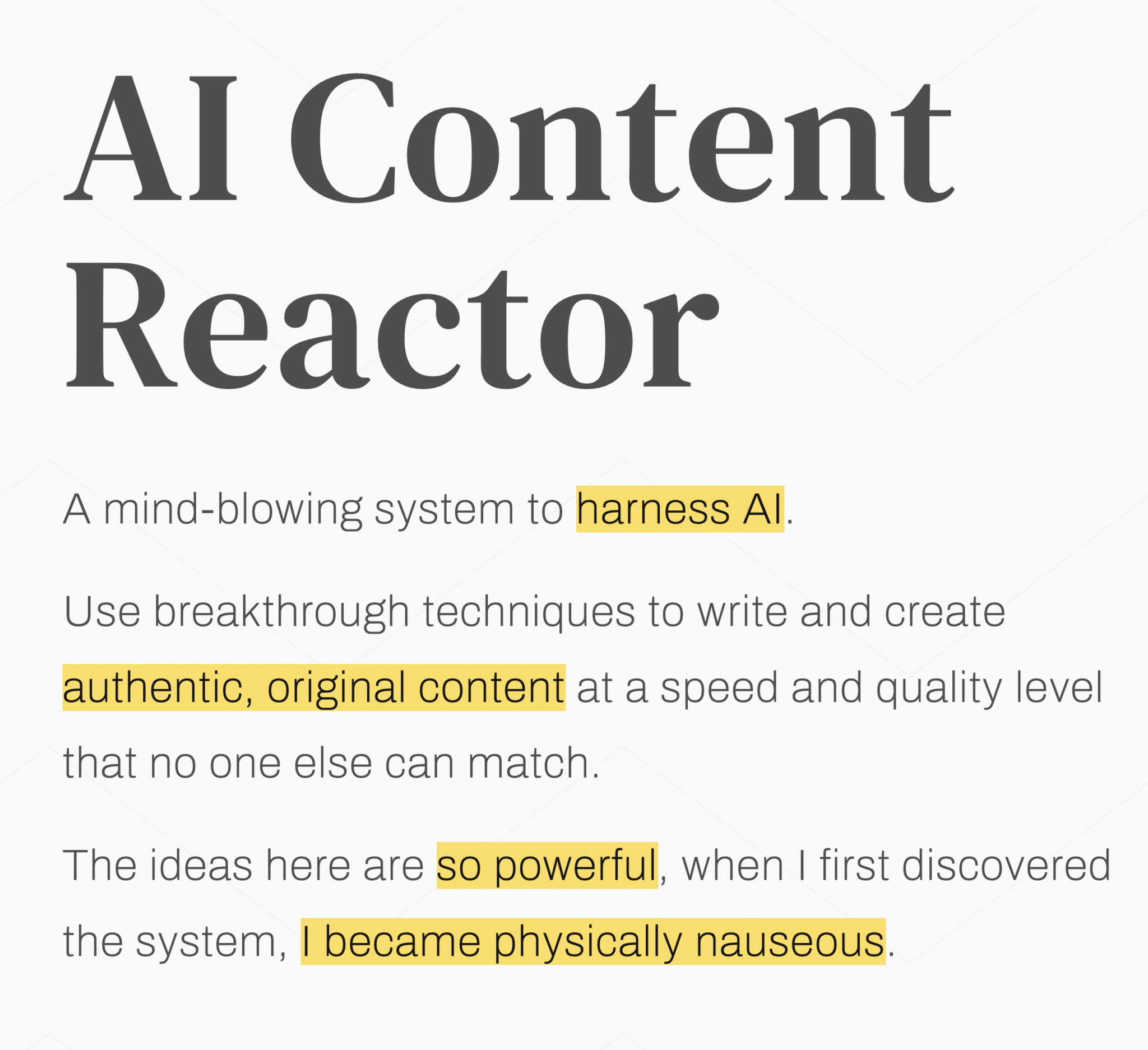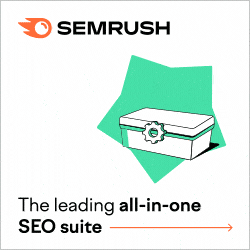There’s a quiet but powerful shift happening in SEO right now. You can sense it in conversations across LinkedIn, in conference panels, and behind agency doors. The future of SEO isn’t the next Google update or a shiny new AI tool (although there’s no doubt AI is part of the future). It’s more. It’s how we think about SEO, and how we connect it to real business outcomes.
For years, SEO has been defined by reaction: respond to algorithm updates, chase keywords, measure traffic, repeat. But the shift happening now is more mature. It’s moving from technical execution to strategic alignment. From “how do we rank?” to “why should we rank at all?”
The real future of SEO is seeing search as part of a larger system. It’s creating digital marketing strategies that link brand visibility, user intent, and customer experience to business growth. But then, for those who’ve been paying attention, that’s been the past of SEO, too.
Table of contents
- Why SEO’s evolution is more strategic than technical
- Technical SEO still matters, but it’s not the driver.
- SEO isn’t a silo. It’s connective tissue.
- Brand and demand are supportive partners.
- The industry doesn’t need more tactics. It needs training.
- A real-world look at what alignment changes.
- Strategic SEO is grown up marketing.
Why SEO’s evolution is more strategic than technical
Search engines like Google are evolving faster than ever. Search engine results pages (SERPs) now include AI snapshots, video carousels, local listings, product feeds, and knowledge panels, all competing for the same attention.
That means visibility takes more than having a technically sound website. It’s also looking at branding positioning and how your brand earns its place among all those options. It’s a strategy.
Take a simple search query like “best home office setup.” The results might include blog posts, shopping ads, YouTube videos, and product recommendations. Each satisfies a different user intent.
The winning brands aren’t those who wrote one optimized article or tweaked one page of website content. They’re the ones who created an ecosystem for demand-generation of relevant content that meets people wherever they are in the journey.
That’s what strategic SEO and marketing services do. They aren’t a collection of tactics. Strategic SEO is a framework for understanding how your audience searches, how your website responds, and how your brand builds trust in real time.
Technical SEO still matters, but it’s not the driver.
Technical SEO is the groundwork. It always has been. It keeps your site healthy, fast, and visible to search engines. Crawlability, structured data, and accessibility are all must-haves. But they’re not what makes a strategy work.
You can have perfect page speed scores and still see declining traffic if your content doesn’t match user intent. You can have every technical box checked and still miss opportunities because your messaging doesn’t connect with your target market.
Technical SEO supports performance. Strategic SEO drives purpose.
When you combine both, you stop treating search as a checklist and start using it as a lens to see how every part of your digital presence connects to your larger marketing strategy.
SEO isn’t a silo. It’s connective tissue.
For years, SEO has lived in its own corner of the marketing department. Someone gets assigned to “handle SEO,” usually after the campaigns are built and the content is written. But, like we said earlier, SEO isn’t a finishing touch. It’s the framework that supports everything else.
Think of SEO as connective tissue. It ties together your brand, content, user experience, and business goals. It informs how pages are structured, how messages are framed, and how success is measured.
Strategic SEO marketing aligns three key dimensions: positioning, performance, and purpose.
Positioning: How your brand shows up.
Positioning is about perception. When someone searches for your product or service, what do they find? Do your web pages, blog posts, and landing pages reinforce your expertise, or do they compete for attention with inconsistent messages?
Strategic positioning uses SEO to reinforce brand equity, which is what people think and feel about your brand. Stuffing keywords into content is just that.. stuffing keywords into content. But SEO can be used to make sure your visibility matches your values. Every page adds to a cohesive story of who you are and what you stand for.
Performance: How visibility supports your marketing pipeline.
Performance is where SEO meets measurable outcomes. It’s not just rankings or traffic; it’s really about whether the people who find you through search are actually the right people. Otherwise, it’s just rankings and traffic.
Good performance connects SEO metrics to business metrics. It looks at conversion paths, user engagement, and pipeline growth, not just impressions. When your top-performing pages reflect your strongest offerings and your best-fit audience, you stop chasing numbers and start tracking impact.
Purpose: How your work supports real goals.
Purpose gives SEO direction. Every piece of content should exist for a reason. Every keyword should map to intent. Every optimization should support a larger business outcome.
That purpose might be lead generation, education, customer retention, or authority building. Whatever it is, SEO gives it structure and helps you connect what your brand offers to what your audience seeks.
When positioning, performance, and purpose align, SEO stops being reactive and becomes a system for growth.
Are you aligned? Try this:
Review your top five landing pages. For each one, ask yourself:
- Is my positioning consistent across web pages and content?
- Do my top-performing pages attract the right audience?
- Does each page or keyword serve a clear business purpose?
If the reviewed page doesn’t fit any of those, you’ve found a content gap.
Brand and demand are supportive partners.
One of the most damaging myths in marketing is that brand and demand are separate forces. In truth, they feed each other.
Brand work builds trust. Without brand, demand lacks credibility.
Without demand, brand lacks motion. Demand work activates it.
The problem is that many organizations measure them differently. Branding is tracked by impressions or awareness. Demand is tracked by leads or conversions. SEO lives somewhere in the middle, often pulled in both directions.
Strategic SEO bridges that divide.
It builds content architectures that support both the long game and the short game. A consistent blog strategy nurtures trust. Thoughtful landing pages convert intent into action. Together, they move users through awareness, consideration, and decision in a way that feels natural, not forced.
Ranking for a keyword is the real goal; it’s just a physical anchor. The real goal is to build a digital ecosystem where your content meets the right people at every stage, with relevance and intent.
The industry doesn’t need more tactics. It needs training.
The old playbook of keyword density and backlink counts is fading. The next generation of SEO leaders needs something different: understanding.
Most companies don’t need another SEO checklist. If a checklist is what you need, there are hundreds of them, including our very own Massive SEO Checklist. Instead, what you need is for your teams to know how to think strategically. You need people who can interpret the data, read search behavior, and connect it to business reality.
That’s where training comes in. When teams learn to see SEO as part of the decision-making process, not an afterthought, everything changes.
Strategic SEO training helps teams:
- Read search engine results pages (SERPs) and identify what’s actually being rewarded.
- Understand how search intent connects to different stages of the customer journey.
- Plan content strategies that link blog posts, landing pages, and service pages into one story.
- Recognize when link building or technical SEO will actually make a difference.
- Turn keyword data into insight about audience behavior and messaging gaps.
When people understand why a page ranks, they can make smarter decisions about what to build next. When leadership sees SEO as a long-term framework instead of a short-term fix, marketing becomes more consistent and much more sustainable.
That’s the kind of growth the industry needs. Not more tricks. More understanding.
A real-world look at what alignment changes.
A client we worked with had strong technical SEO but couldn’t explain why their traffic had dropped after a core update. Their pages were fast, well-structured, and indexed. Everything looked “right.”
But their content wasn’t connecting. Blog posts only covered early awareness topics. Meanwhile, product and service pages were aimed too far down the funnel. They were missing the middle.
Together, we looked at how people were searching in real time. What questions come up between the “problem” and “purchase” stages? We discovered that their audience wasn’t looking for more general advice; they wanted to understand how to apply that advice within their specific context.
By building a small cluster of intent-driven pages around those mid-funnel questions and aligning them with relevant blog content, we helped them reconnect with their target audience. Within a few months, their traffic stabilized. Engagement improved. The metrics followed naturally because the strategy made sense again.
It wasn’t a win because of keywords or backlinks. It was a win because of clarity. We helped them understand how to align what the business offered with what users were actually trying to find.
Strategic SEO is grown up marketing.
The SEO industry doesn’t need more hacks. It needs maturity. It needs a shift from chasing algorithms to understanding alignment.
Every algorithm update reinforces the same truth: relevance wins. And contrary to popular opinion, relevance doesn’t game the system; it serves it. The brands that will thrive are the ones creating meaningful, helpful, well-structured content that connects to real user intent.
Strategic SEO marketing is how you get there. Build understanding inside organizations, align teams around shared goals, and connect SEO to what truly matters. This is how marketing grows up: by making SEO less about chasing change and more about leading it.
If your team is ready to stop reacting and start building sustainable visibility, take a closer look at how your strategy, brand, and search presence connect. The real evolution of SEO isn’t in the tools you use. It’s in the way you think.



































